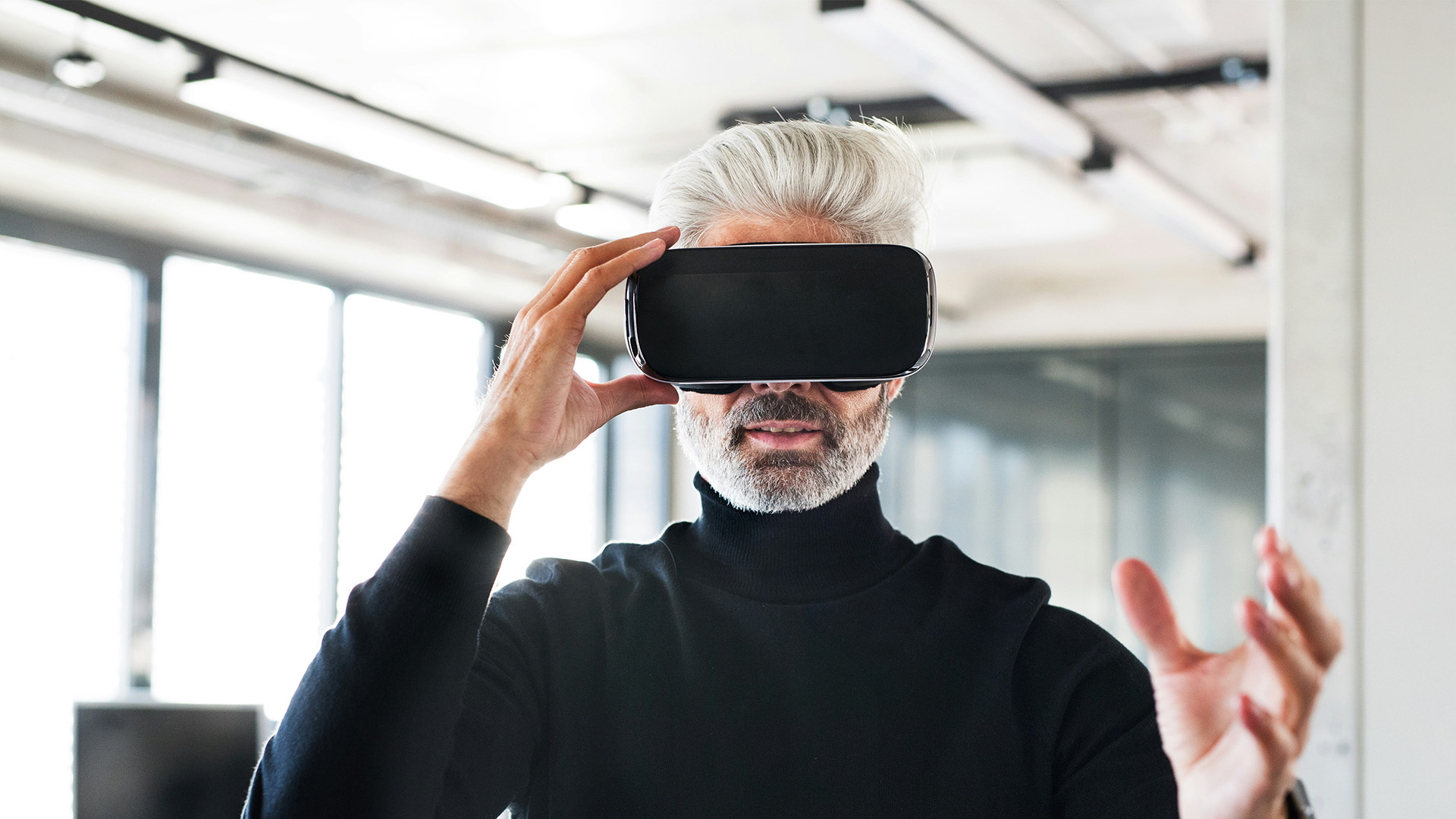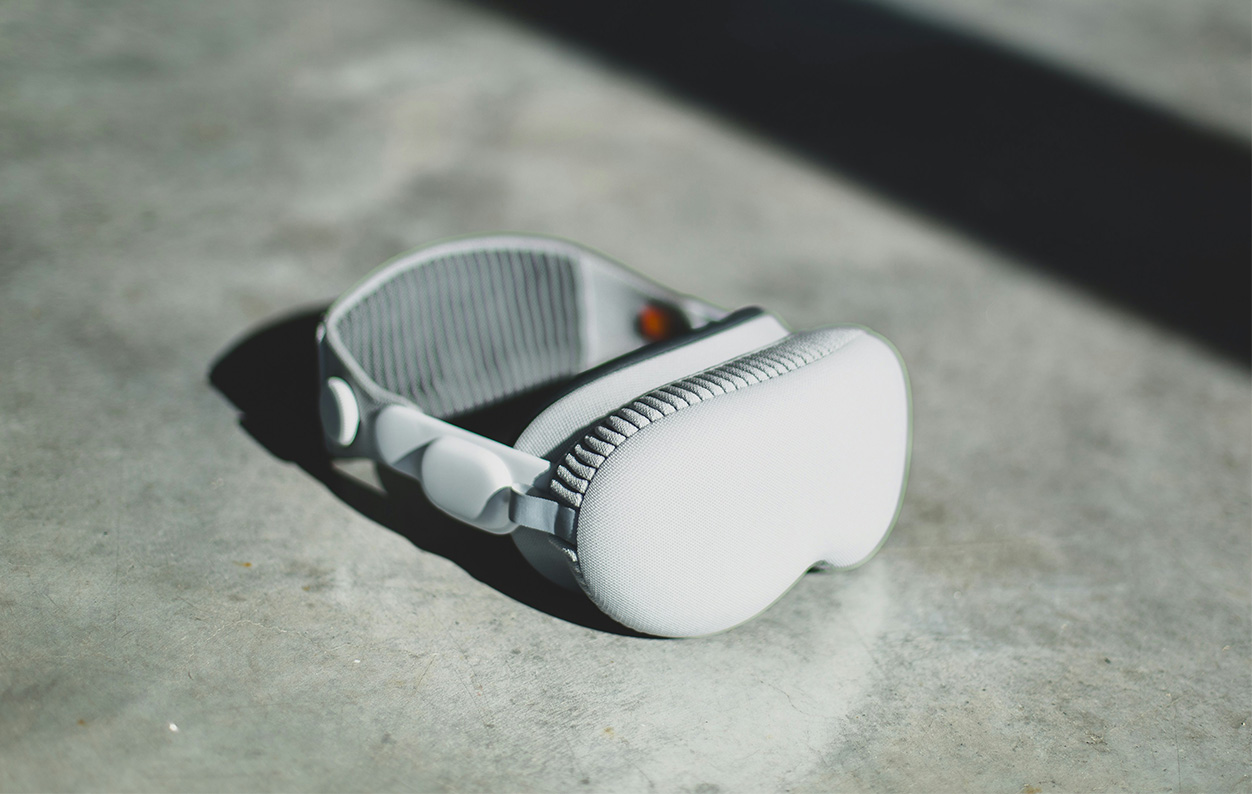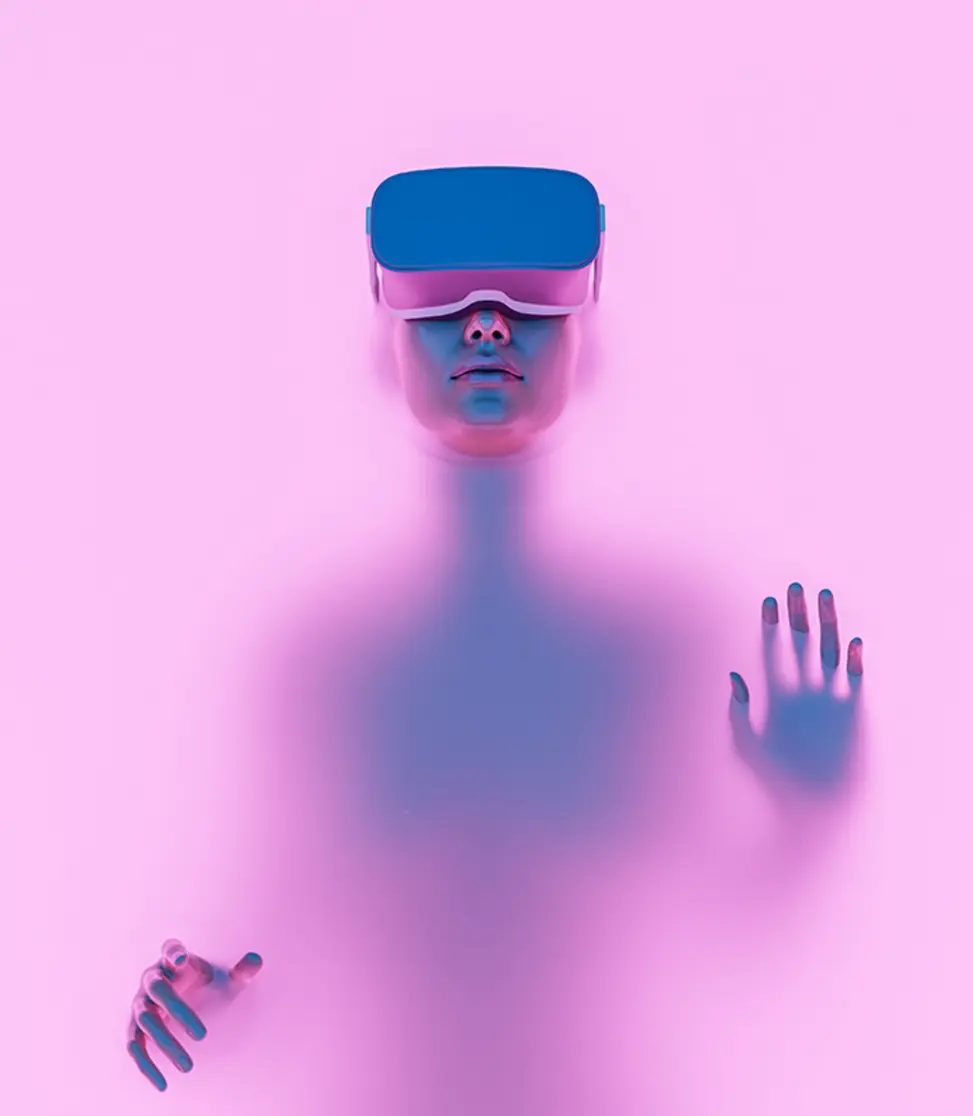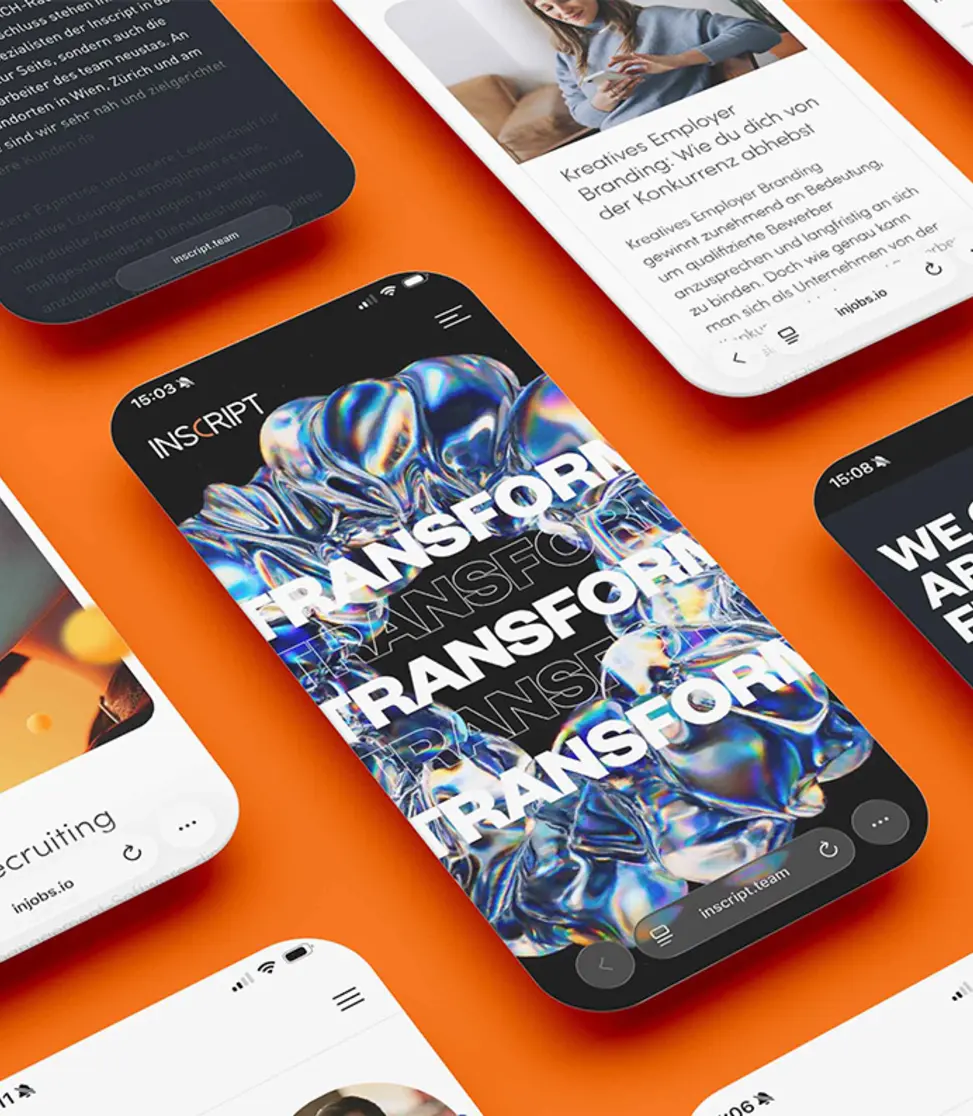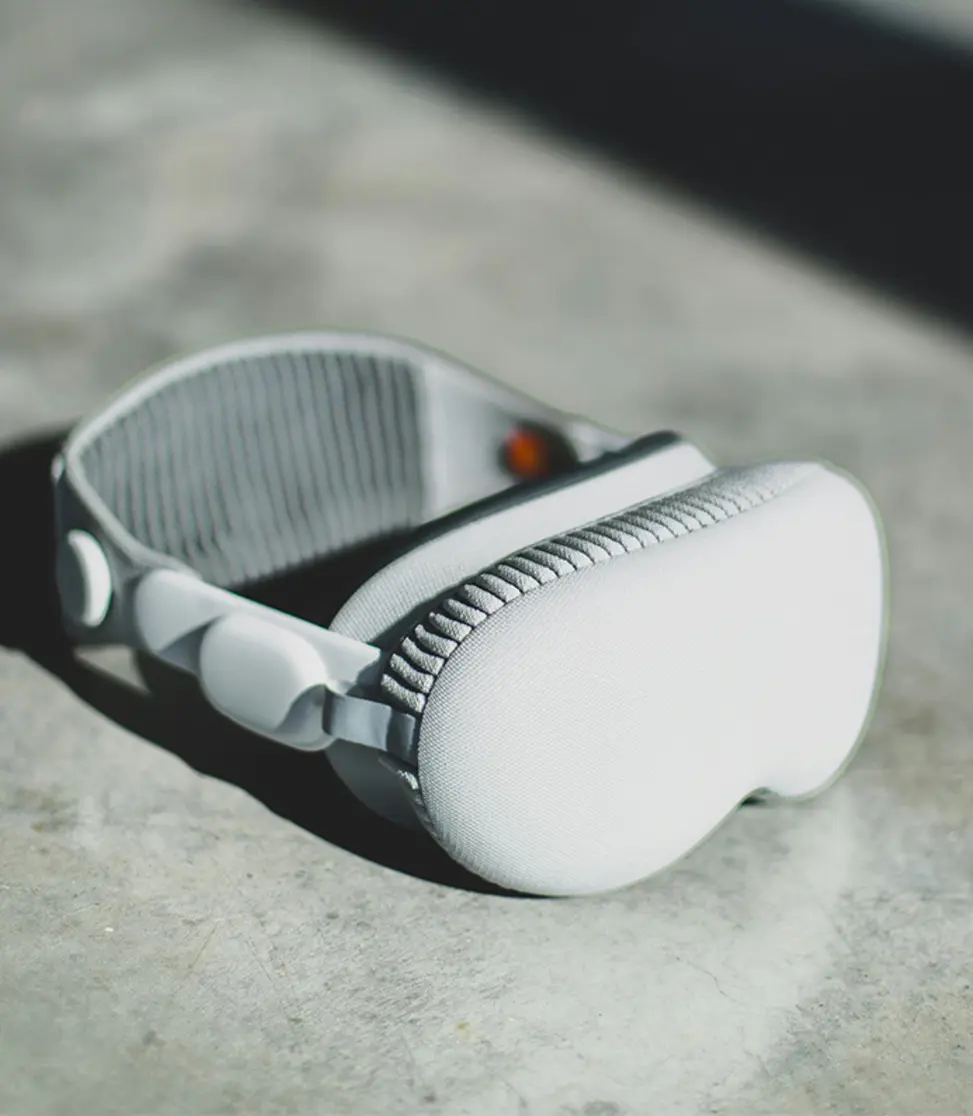
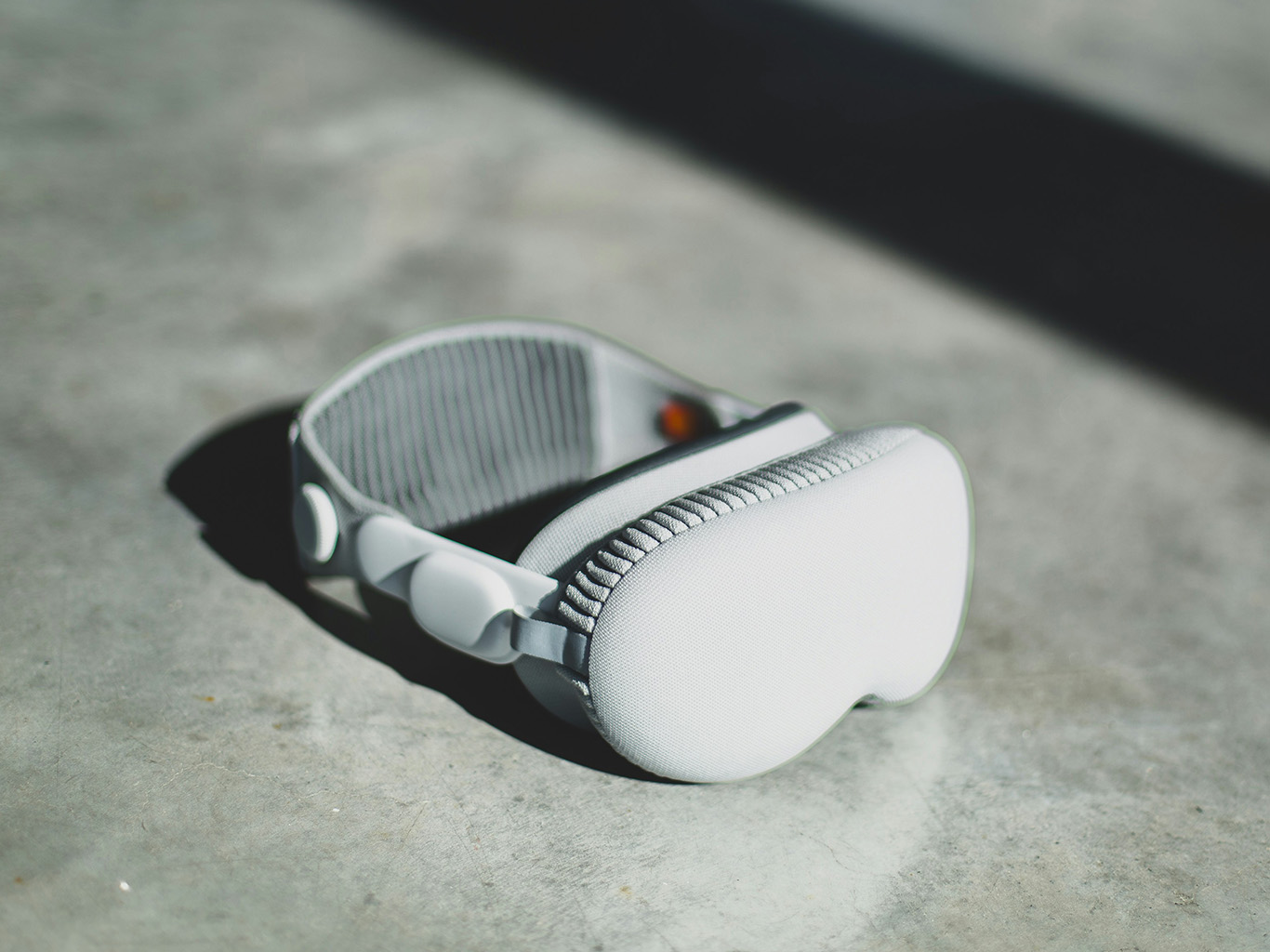
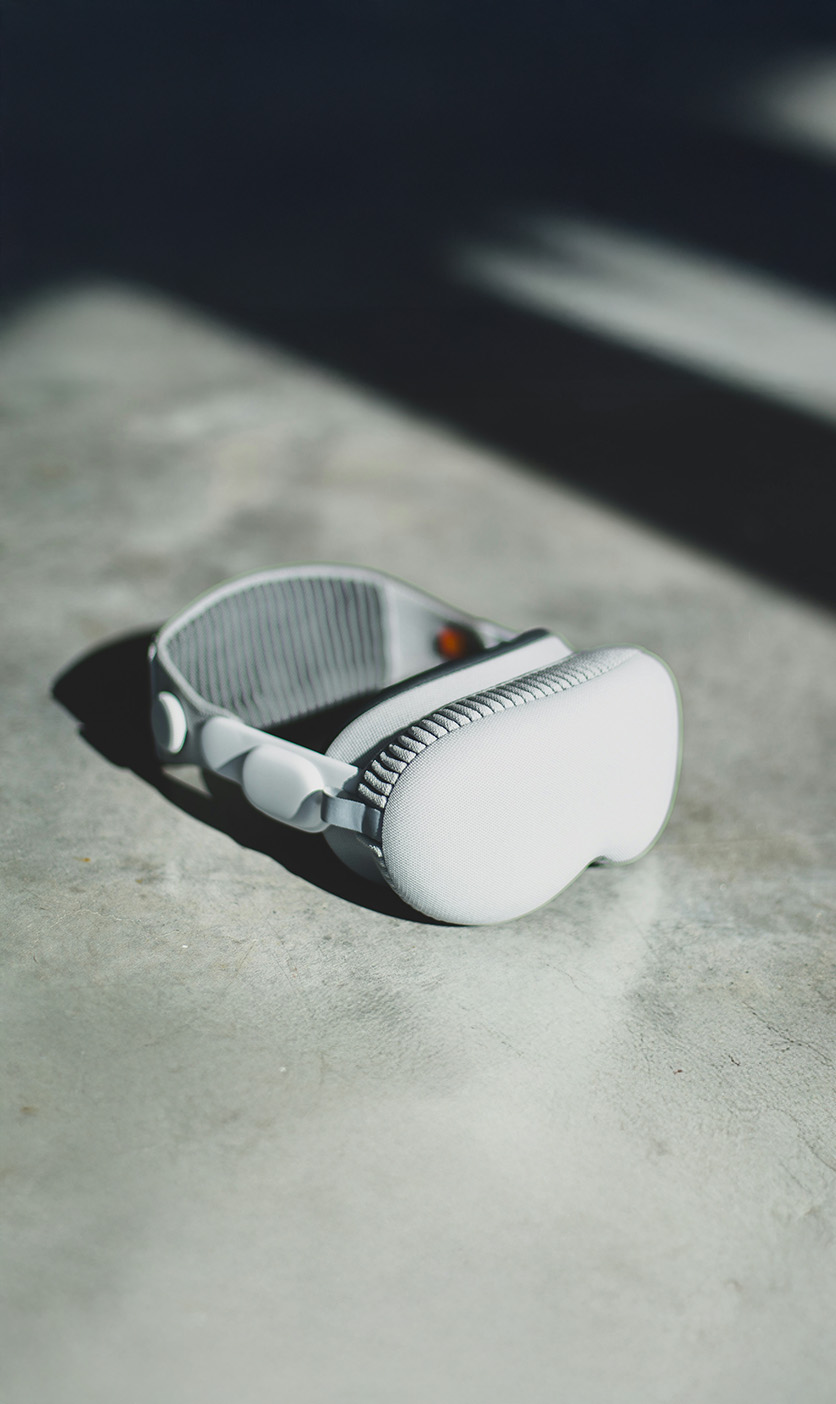
Spatial Computing
Spatial computing is fundamentally changing how we interact with digital content - away from the screen and towards space. The technology makes it possible to seamlessly integrate digital objects into our physical environment. What previously sounded like science fiction is already a reality thanks to devices such as Apple Vision Pro, Meta Quest 3 and Microsoft HoloLens. For companies, this opens up completely new access to immersive experiences: from virtual product presentations and collaborative workspaces to new approaches in UX design.
The combination of augmented reality (AR), virtual reality (VR), 3D sensor technology, eye tracking and AI creates a completely new user experience that focuses on natural interaction: instead of using a keyboard or touchscreen, we control content with our eyes, gestures and voice. The device recognises the environment, can react to real objects and insert virtual content precisely into the room. What is particularly exciting is that spatial computing is not just limited to headsets - smartphones, tablets and soon even smart glasses will make the technology suitable for everyday use. The areas of application range from architecture and education to industry, medicine, marketing, retail and events.
Digital becomes spatial
Spatial computing today is where mobile tech was 15 years ago: on the cusp of mass adoption. Companies that get on board early will secure an innovative edge - be it in marketing, product development or customer service. Our recommendation: test initial applications, identify use cases and develop them iteratively. We would be happy to accompany you on this journey - from strategic consulting to the implementation of immersive prototypes.
Frequently Asked Questions
FAQ
Spatial computing refers to the technology and methods with which digital content can be spatially embedded in the real environment and used interactively. Physical and digital worlds merge using devices such as augmented reality (AR) glasses, virtual reality (VR) headsets or mixed reality (MR) systems. Unlike traditional screens, spatial computing systems enable natural interactions with digital objects that are anchored in real space. Typical technologies include 3D mapping, eye tracking, gesture recognition and artificial intelligence (AI).
Today, spatial computing is mainly realised using special headsets and glasses, such as Apple Vision Pro, Meta Quest 3 or Microsoft HoloLens. These devices are equipped with sensors that can scan the environment, detect movements and gestures and place virtual content precisely in space. In addition, modern smartphones and tablets with AR functions, such as Apple's ARKit or Google's ARCore, also enable the first spatial computing experiences. In the near future, smart glasses, which are lighter and less conspicuous, could also greatly expand access to spatial computing.
Companies can use spatial computing to take their customer approach, product development and internal collaboration to a new level. For example, products can be presented virtually and three-dimensionally without customers needing a physical copy. In the area of training and further education, immersive simulations enable realistic learning environments. In addition, virtual workspaces enable collaborative working across locations. Spatial computing thus promotes innovation, efficiency and customer loyalty - for example through impressive interactive experiences.
Despite great potential, there are some hurdles: The technology is still in its infancy in some cases, devices are often expensive or unwieldy, and the development of suitable content requires specialised expertise. Data protection and user acceptance also need to be taken into account, as spatial computing processes personal and spatial data. Companies should therefore start with small pilot projects to test possible applications before making larger investments.
Yes, for example in retail: a furniture store uses spatial computing to offer virtual room planning. Customers wear an AR headset or use an app that allows them to digitally place pieces of furniture in their own living room. This allows them to see in real time how the sofa or table will look in the room, how much space it will take up and whether the colours match. This increases the certainty of the purchase decision and reduces returns. At the same time, the company can integrate personalised advice and additional offers digitally - a real plus in terms of customer experience and sales.
